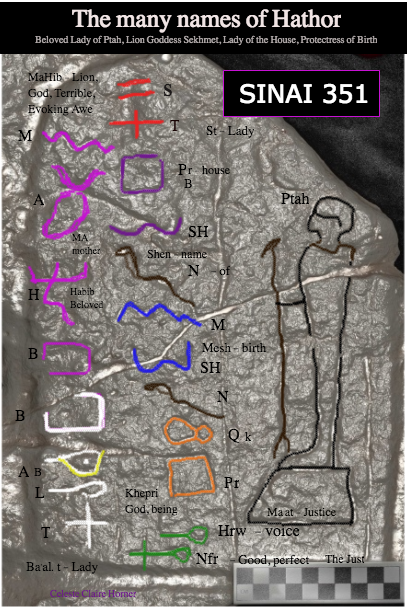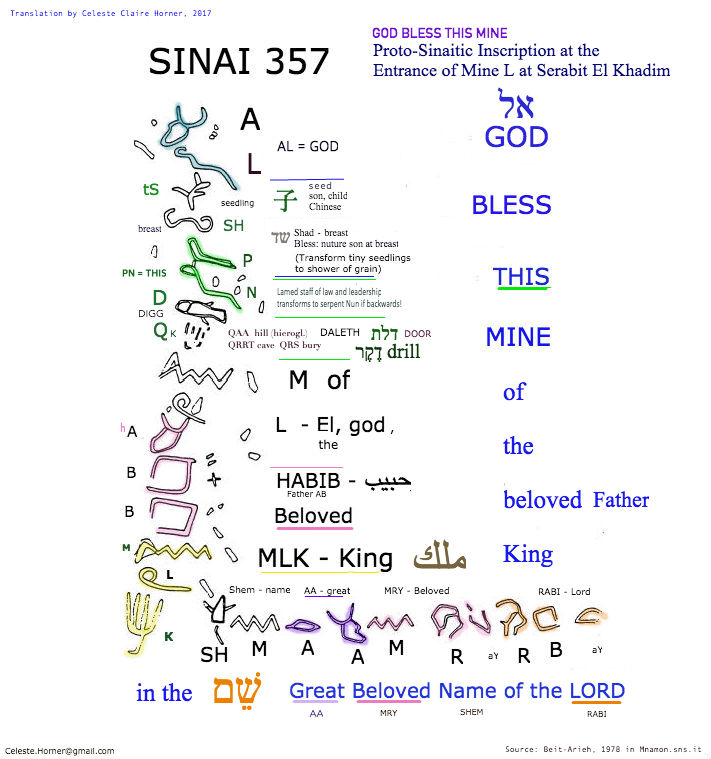References
Albright (1969) The Proto-Sinaitic Inscriptions and Their Decipherment. Sinai 115, Sinai 376, Sinai 349, Sinai 357, Sinai 360, Sinai 353, Sinai 361, Sinai 345, Sinai 375.
Darnell, John Coleman et al. (2005). Two Early Alphabetic Inscriptions from the Wadi el-Hol New Evidence for the Origin of the Alphabet from the Western Desert of Egypt. In Annual of the American Schools of Oriental Research, volume 59. Online at www.academica.edu
ANNUAL OF THE AMERICAN SCHOOLS OF ORIENTAL RESEARCHVOLUME 59
Ishtar's journey to the underworld
Rollston, Christopher [2016] The Proto-Sinaitic Inscriptions 2.0: Canaanite Language and Canaanite Script, Not Hebrew.
i
Himelfarb, Elizabeth J (2000) First Alphabet Found in Egypt. Archaeology (Volume 53, No 1, January / February 2000). Online archive accessed Dec 26, 2017.
Mnamon.sns.it Proto-Sinaitic - 11th - 14th cent. B.C. Examples of writing: Serabit el-Khadim Statue (Sinai 346), Sinai 345, Sinai 357.
How the alphabet was born from hieroglyphs
Sinai inscription 351
Controversy over the theory that Hebrew was the first alphabet
God against Ptah and Hathor
Mahib means God, lion, terrible, awesome
Geb saved by lock of Ra's hair side-lock?
Hieroglyph reading exercise
Wilson-Wright Sinai 351.
Wilson-Wright, Aren MaxSinai 357: A Northwest Semitic Votive Inscriptionto Tessob. Journal of the American Oriental Society. Vol. 136, No. 2 (April–June 2016), pp. 247-263
Proto-Sinaitic Inscriptions and their Decipherment
http://www.bibleorigins.net/files/mvc_149s.jpg
Hathor flashes her father Ra after insult by Babi baboon, Thoth? Isis kite
Was Proto-Sinaitic the origin of the alphabet? Blog.
The Serabit El-Khadim Sphinx
How the Alphabet Was Born from Hieroglyphs - Orly Goldwasser
Ba'al God of fertility, lightning, war, sailors
Notes
Song of Hathor
Tomb of Christ under Lust idol
Forster, Charles Sinai Photographed Or Contemporary Records of Israel in the Wilderness:
Ancient Rare Bibles
A Notice About Manna And Uprooted Oppression at Serabit el-Khadim (Improved)
Apkallu fish-man, bird-man, winged-man, Lu-anan two-thirds Luwian? Nephilim. Man bag, book of wisdom, shared by Mayan/ Aztec? Easter Island, Gobekli Tepe pillars. Hand down seed bag, hand up reaping pine cone, transmitter?
Epic of Gilgamesh A new translation. Gerald J. Davis (2014) Insignia Publishing
Egyptian etymology
Ashteroth Karnaim Astarte of the Horns. Fertility goddess in ancient Canaanite religion
Og 1770 engraving of Og's bed, bulls eye circles. Norse also had giant myths, have those petroglyphs, barrows. Native American, Greek Titans etc. Talmud: Og uprooted mountain to throw at Israel, God caused ants to erode it and crush him. Gustav Dore, Pantagruel. Gentle giant leaning over mid-giants on biers.
Balaam and the talking donkey. Moabite high places.
Nabu Mesopotamian god of literacy. Hands clasped in gesture of priesthood.
Rephaite giants, dead kings, healers, doctors Rophe'im vs Repha'im dead ancestors
Bible.ca: Sinai inscriptions translated
Asherah PoleExodus 34:13 states: "Break down their altars, smash their sacred stones and cut down their Asherim [Asherah poles]. Karnak, France. Standing stones, religion of the giants? Megalithic buildings were their construction?
Amorites Amos 2:9 Amorites had the height of cedars and the strength of oaks, could uproot mountains and throw them!
ElSons were Yamm, Sea; Mot, Death. Mount Lel fountains of the two rivers of the two deeps. Children Dawn, Dusk, gracious gods, cleavers of the sea, children of the sea.
Serabit el-Khadem Sonia and Marco Nadler Institude of Archaeology of Tel Aviv University
Serabit el-Khadim Egyptsites.wordpress.com [2009]
Is the fish character Digg, a representation of the Canannite deity Dagon?
Sekhmet AncientEgyptonline.co.uk: Sekhmet was known as the Lady of Terror, and Lady of Life. Lady of Pestilence, Red L:ady. As Eye of Ra, she destroyed mankind until she became drunk on beer colored to look like blood. When she awoke, she became the goddess of love and mated with the creator Ptah. Their child was Nefertum.
History of Writing (www.funsci.com) Proto-Sinaitic, Cuneiform, etc.
The Temple and Mines at Serabit el-Khadim In the Sinai by Jimmy Dunn
Names of God net.lib.byu.edu
Discovery of the Proto-Sinaitic Inscriptions
Seeker of Truth (2015) Hebrew transcription of Sinai 351. Ancient-Hebrew.proboards.com. (May 18, 2015 at 11:39pm). Accessed 2018-1-6
Bedawi.com: Forest of Pillars
Egypt Pharaohs
Early History of the Alphabet
the Hebrew word for corn is dagan]. "Dagon, after he had discovered corn and the plough, was called Zeus of the plough"
Irkalla, the Queen of the Underworld had the head of a lioness and the body of a woman; in her arms she carried her pet, a deadly serpent. She summoned Belisari, the lady of the desert who was her scribe, and who came carrying the clay tablets on which all of Irkalla’s decrees would be written down. Behind these two the dead gathered. There was no light in their eyes; they were dressed not in cloth but feathers, and instead of arms and hands they had the wings of birds. They lived in darkness. Fairy Tales of the World
Ishtar's Decent to the Underworld. Sacred-Texts.com
The New York Obelisk, Cleopatra's Needle, With a Preliminary Sketch of the History, Erection, Uses, and Signification of Obelisks Charles Edward Moldenke
Wilson-Wright (2017) Sinai 357: A Northwest Semitic Votive Inscription to Tešš. Journal of the American Oriental Society. Vol. 136, No. 2 (April–June 2016), pp. 247-263.
The Babylonians worshipped Enlil under the name "Elil Ekur mountain house. Elil
Dagon was the Chief God of the Philistines. Thoughtco.com.
Allah contraction of Al ilah
Corn in ancient Egypt?
Gutenberg.org: Mesopotamian mythology
Sea Peoples. Archaeology of Ancient Egypt. What-when-how.com.
Drunkeness in ancient Egypt
Rabbi Michael S. Bar Ron A Notice About Manna and Uprooted Oppression at Serabit El-Khadim.
Reinoud M. de Jonge Burial site of Lord Nefer-Ti-Ru; Son of King Khufu. c.2637-2614 BC, Fourth Dynasty of Egypt (Gosford, NSW, Australia)
|
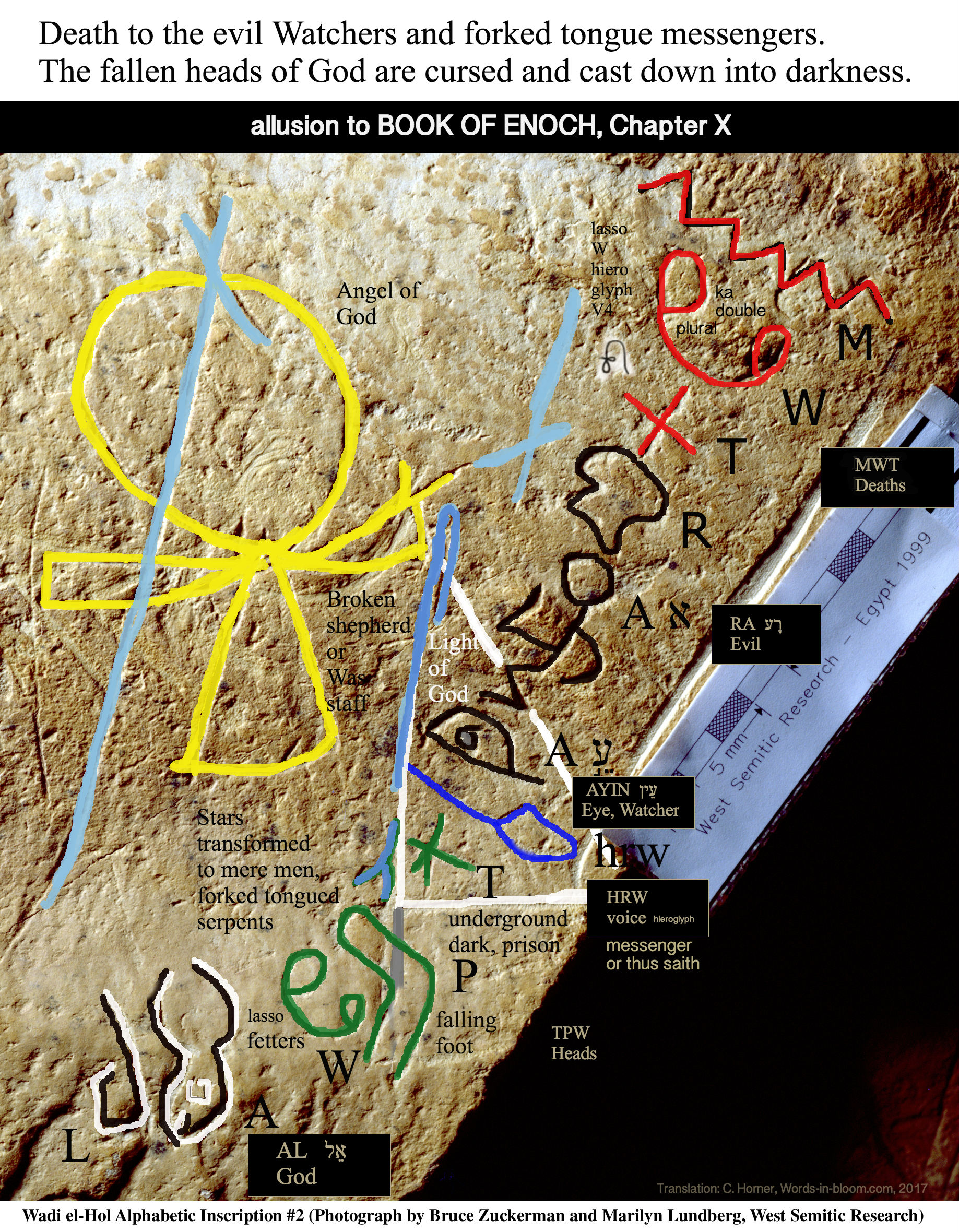

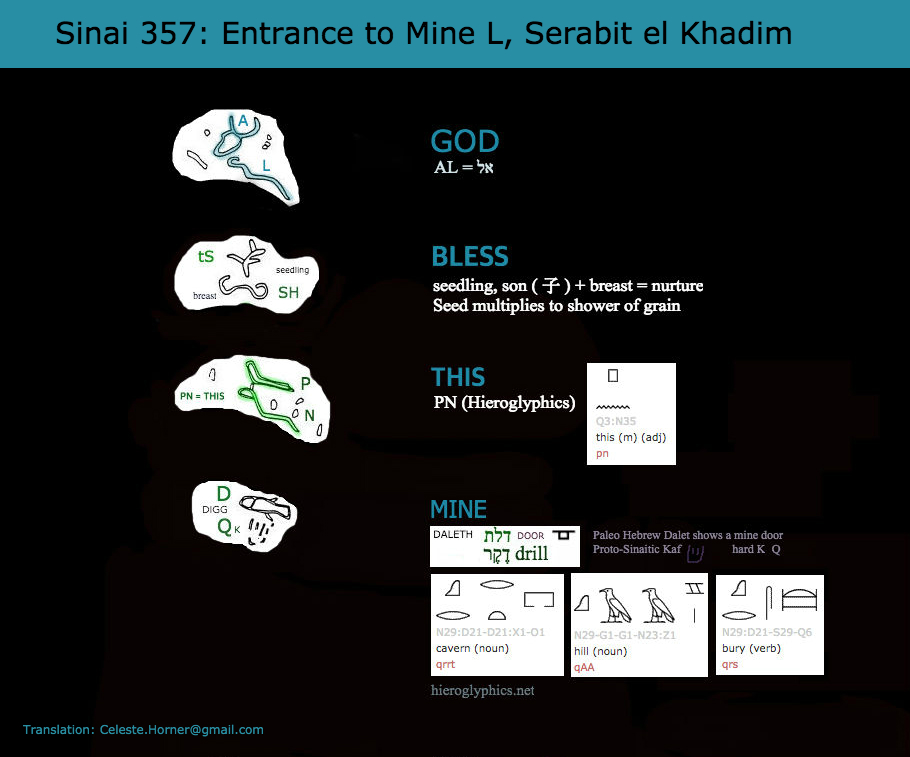


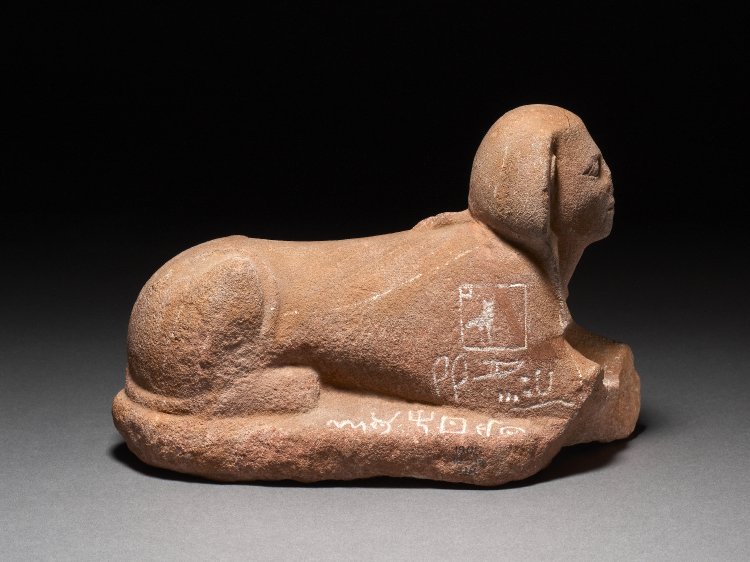
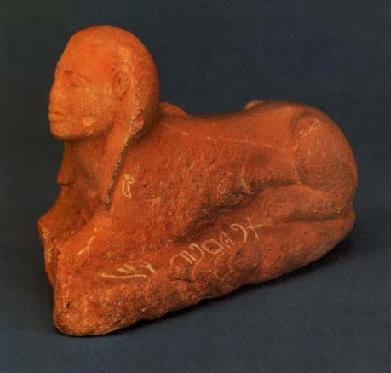

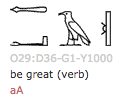
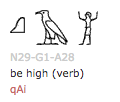

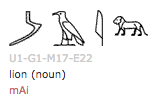
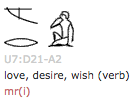
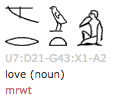

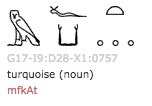








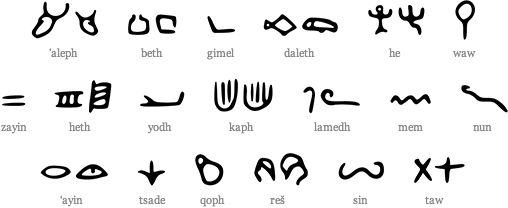

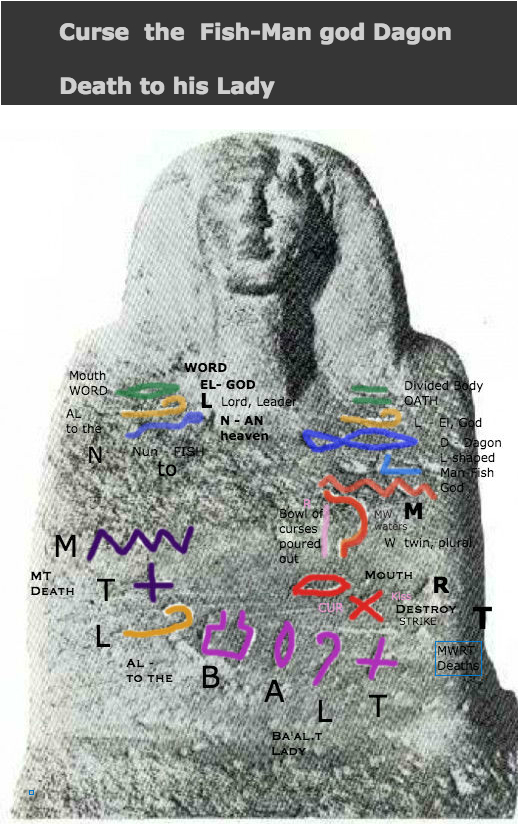
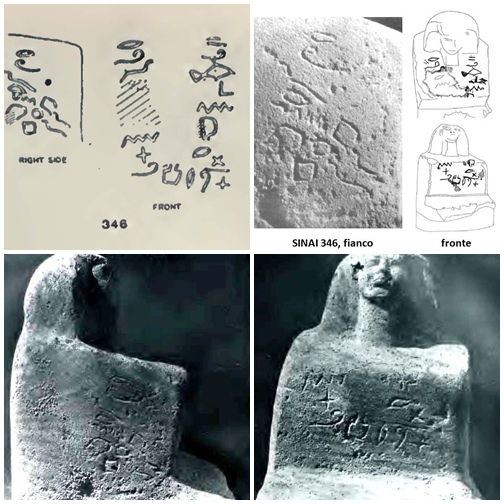 MNAMON: Ancient Writing Systems in the Mediterranean:
MNAMON: Ancient Writing Systems in the Mediterranean: 